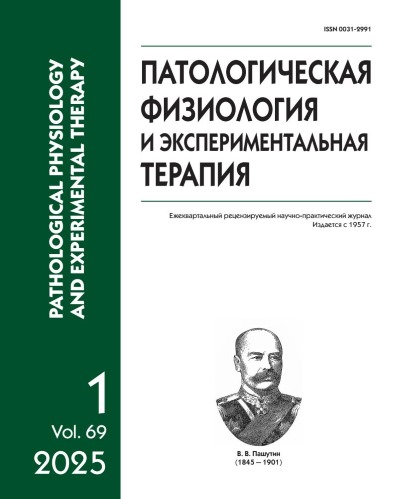Exosomal microRNAs in the pathogenesis of idiopathic male infertility
Abstract
Introduction. Recent studies have focused on finding new informative methods for diagnosing male infertility that would better characterize the functional efficiency of spermatozoa. One of such methods, which has high expectations, is assessing the expression of small non-coding RNAs, microRNAs. These molecules are able to modulate various stages of spermatogenesis by changing the gene regulation. Therefore, screening for some of them will not only expand clinical diagnostic capabilities but also allow a deeper insight into the mechanisms of idiopathic male infertility. Aim of the study: to evaluate the use of miR-20a, miR-135a, miR-34b, miR-449b, and miR-449c as markers of male infertility and to assess the dependence of the effectiveness of assisted reproductive technology (ART) programs on the expression level of exosomal microRNAs.
Methods. The main group included patients enrolled to the ART program with a confirmed diagnosis of idiopathic male infertility (n=30); the control group included married couples with female infertility of tubal origin (n=19). Exosomal microRNA was isolated from extracellular vesicles of the ejaculate using an exoRNeasy Midi reagent kit. The miRCURY LNA miRNA SYBR® Green PCR System was used to assess the expression of exosomal microRNAs (miR-20a, miR-135a, miR-34b, miR-449b, miR-449c and control miR-16).
Results. The expression of exosomal miR-449c and miR-135a was significantly reduced in the main groups (p=0.03156 and p=0.0477, respectively). A tendency toward decreased expression was also noted for miR-20a, miR-34b, and miR-449v. The expression level of miR-34b, miR-449v, and miR-449c and miR-135a was highly significantly correlated with the effectiveness of ART programs. The strength of the Chaddock correlation between the above-described relationships was moderate.
Conclusion. MicroRNAs selected for the study can be used as a diagnostic marker of male infertility, as well as for evaluating the efficiency of fertilization and embryo formation.






